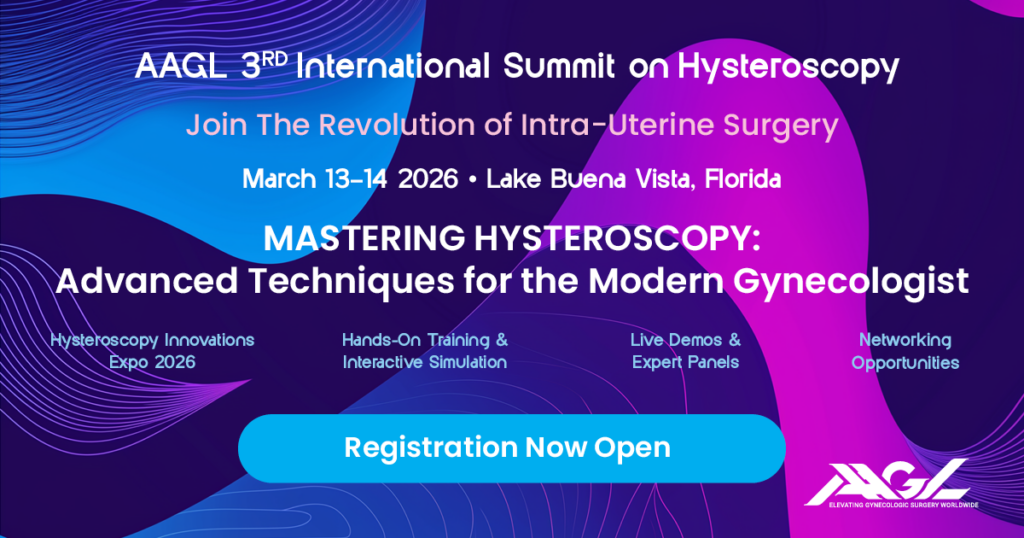Transvaginal Natural Orifice Transluminal Endoscopic Surgery in Gynecology Oncology

Many women with gynecologic malignancies (GM) require surgical intervention for curative intent or as part of their multimodal care plan. Removing all visible disease directly correlates with survival. Exploration and inspection of the entire peritoneal cavity is best achieved through direct visualization, making an abdominal route the preferred approach for surgical intervention. In the past several decades, minimally invasive surgery (MIS), including laparoscopic and more recently robotic-assisted surgery, is routinely used in the operative management of women with GM. Several studies have demonstrated the efficiency of MIS in women with gynecologic cancers, with acceptable oncologic outcomes particularly in women with early-stage endometrial cancer when compared to open surgery. Despite the common utilization of MIS techniques in Gynecology Oncology (GO), the role of vaginal surgery, such as vaginal hysterectomy (VH), in women with GM has been limited. Several transvaginal techniques have been described in literature, but are inconsistently taught and practiced. Many have not been adopted due to suboptimal visualization of the pelvis and abdomen as this increases the risk of complications like vascular or organ injury and can lead to incomplete resection of all cancerous lesions.
The potential use of a transvaginal surgery for women with GM deserves careful consideration. Vaginal Natural Orifice Transluminal Endoscopic Surgery (vNOTES) affords the unique advantage of combining laparoscopic and vaginal surgical skills. This approach allows for direct visualization of the pelvis transvaginally and easy adaptation of minimally invasive surgical skill repertoire used in traditional laparoscopic surgery. The initial steps of vNOTES are identical to the initial steps undertaken to start a VH. The surgeon gains access to posterior and anterior compartments and then inserts a self-retaining disposable retractor into the pelvis. This retractor is designed for insertion of three laparoscopic trocars. Compared to traditional laparoscopy, less CO2 insufflation and only 20 degrees of Trendelenburg position are needed to safely and effectively perform vNOTES procedures. The surgery is carried out entirely via vaginal access using a laparoscopic camera and instrumentation. There are several advantages to vNOTES over traditional laparoscopy: (1) no abdominal access or incisions which mitigates the risk of complications like port-site hernia and vascular injury, (2) the uterine blood supply is controlled in the early steps of the procedure, potentially reducing the risk of a major blood loss, (3) avoidance of encountering mid-upper abdominal adhesions in women with multiple prior abdominal surgeries. vNOTES is also an improvement over traditional vaginal surgery in that the surgeon is able to directly, endoscopically visualize vital structures such as vascular pedicles and the ureters. In this way, vNOTES facilitates complete removal of adnexa and the performance of other procedures such as appendectomy, infracolic omentectomy and peritoneal biopsies.
Although multiple case series have been published about the application of vNOTEs in gynecologic oncology, higher level evidence for its safe application in women with GM is lacking.
Potential candidate procedures for vNOTES in gynecology oncology could include women with complex atypical hyperplasia, early-stage endometrial cancer, completion oophorectomy, appendectomy, omentectomy, opportunistic salpingectomy and risk reducing surgery for pathogenic gene mutation carriers. Women with a BMI exceeding 40 kg/cm2 and multiple medical comorbidities commonly present with complex atypical hyperplasia or early-stage endometrial cancer. They often face higher risk of intraoperative morbidity associated with traditional laparoscopic, robotic, or open surgical procedures. The application of vNOTES may allow oncologic surgeons to minimize morbidity using a vaginal operative approach.
In conclusion, the ergonomics, exposure and visualization of traditional vaginal surgery are the main barriers to its use. vNOTES is a technological innovation that allows a laparoscopically trained surgeon to perform transvaginal surgery using a laparoscopic skillset to accomplish results similar to those achieved using an abdominal approach. There is opportunity to use vNOTES in the surgical management of select groups of women with GM. Further research is needed to explore the utility of this approach in gynecology oncology and to evaluate the impact on oncologic outcomes as well as on quality of life in women with GM.
References:
1. Beck TL, Morse CB, Gray HJ, Goff BA, Urban RR, Liao JB. Route of hysterectomy and surgical outcomes from a statewide gynecologic oncology population: is there a role for vaginal hysterectomy? Am J Obstet Gynecol. 2016 Mar;214(3): 348.e1-9. doi: 10.1016/j.ajog.2015.10.006. Epub 2015 Oct 22.
2. Baekelandt J. Total vaginal NOTES hysterectomy: a new approach to hysterectomy. J Minim Invasive Gynecol 2015;22:1088–94.
3. Lee C-L, Wu K-Y, Su H, et al. Transvaginal Natural-Orifice Transluminal Endoscopic Surgery (NOTES) in adnexal procedures. J Minim Invasive Gynecol 2012;19:509–13.
4. Olcher MC, Kalogera E, Hopkins MR, et al. Safety of culdotomy as a surgical approach: implications for natural orifice transluminal endoscopic surgery. JSLS 2012;16:413–20.
5. Van Peer S, Baekelandt J. Natural orifice transluminal endoscopic surgery (NOTES) salpingectomy for ectopic pregnancy: a first series by copyright. on September 23, 2021 at Johns Hopkins University. Protected http://bmjopen.bmj.com/ BMJ Open: first published as 10.1136/bmjopen-2017-018059 on 10 January 2018






